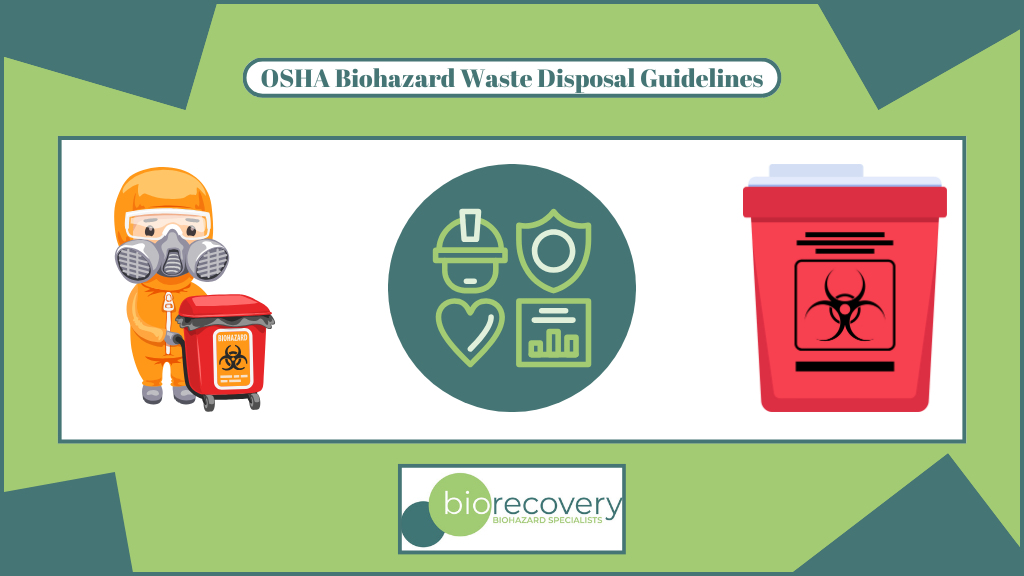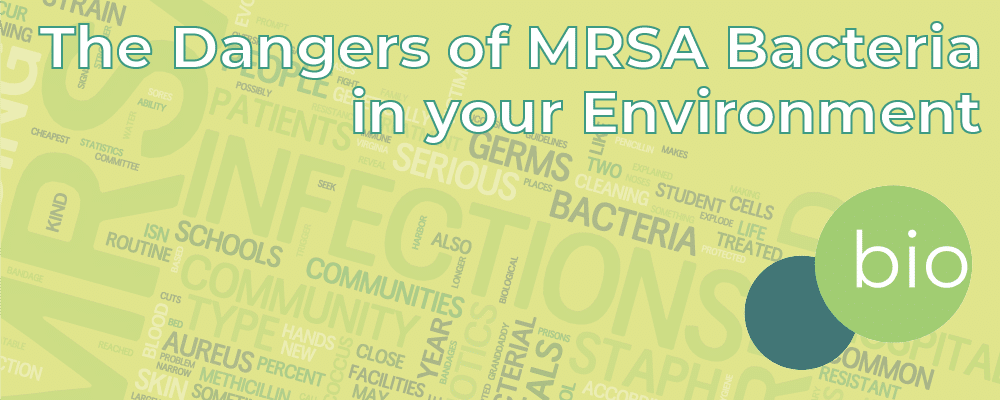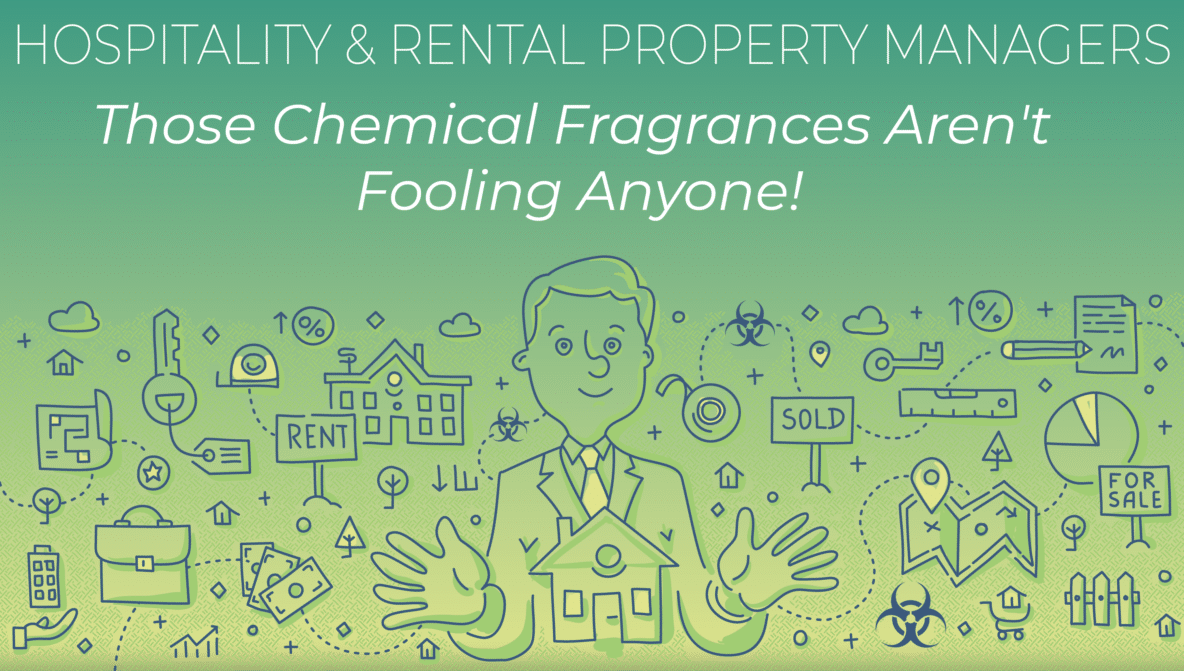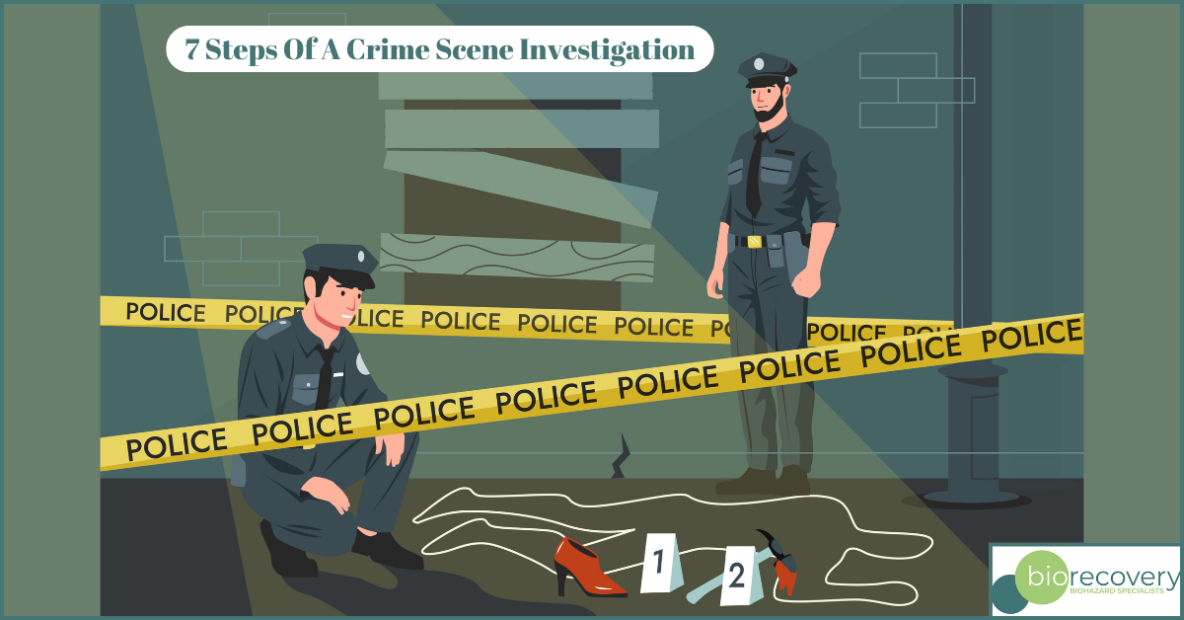When a traumatic event, such as a crime, accident, or unattended death, occurs in a home, the scene left behind … Read More
OSHA Biohazard Waste Disposal Guidelines
The Occupational Safety and Health Administration (OSHA) has established detailed regulations regarding the handling and disposal of biohazardous waste. Understanding … Read More
3 Tips For Affordable Funerals & Funeral Assistance Program
At Bio Recovery, our job is to provide professional cleanup services and decontamination at crime scenes, suicide scenes and accidents. … Read More
How To Remove Blood Stains Safely
Key-PointsHow To Remove Blood Stains SafelyWhat is blood removal & why is it important?Why blood contamination requires careful, professional cleanup.Who … Read More
5 Levels Of Hoarding: When To Worry
No shame, guilt, or sadness is necessary while living with a hoarding disorder. Research has shown that hoarding disorder affects … Read More
The Dangers of MRSA Infection
There are good bacteria, and there are bad bacteria. And then, there’s the MRSA Infection. What we refer to as … Read More
OSHA Bloodborne Pathogen Standard For Reducing Risks
Key PointsTypes of Bloodborne PathogensOSHA Bloodborne Pathogen StandardImplementing an Exposure Control PlanInformation and TrainingA bloodborne pathogen (or BBP) is any … Read More
Leading Causes of Workplace Deaths and Serious Injuries
Workplace Accidents Workplace accidents, unfortunately, do happen. Sometimes they are preventable, sometimes not. OSHA keeps regular statistics on the leading … Read More
Odor Removal Service for Hotels & Rental Properties
Hospitality managers and rental property managers, we’re looking at you. Put down that bottle of fabric freshener and slowly back away. … Read More
7 Steps Of A Crime Scene Investigation
We can’t help but admire those that play a role in crime scene investigation. As cleaners, we’re also fascinated by … Read More








